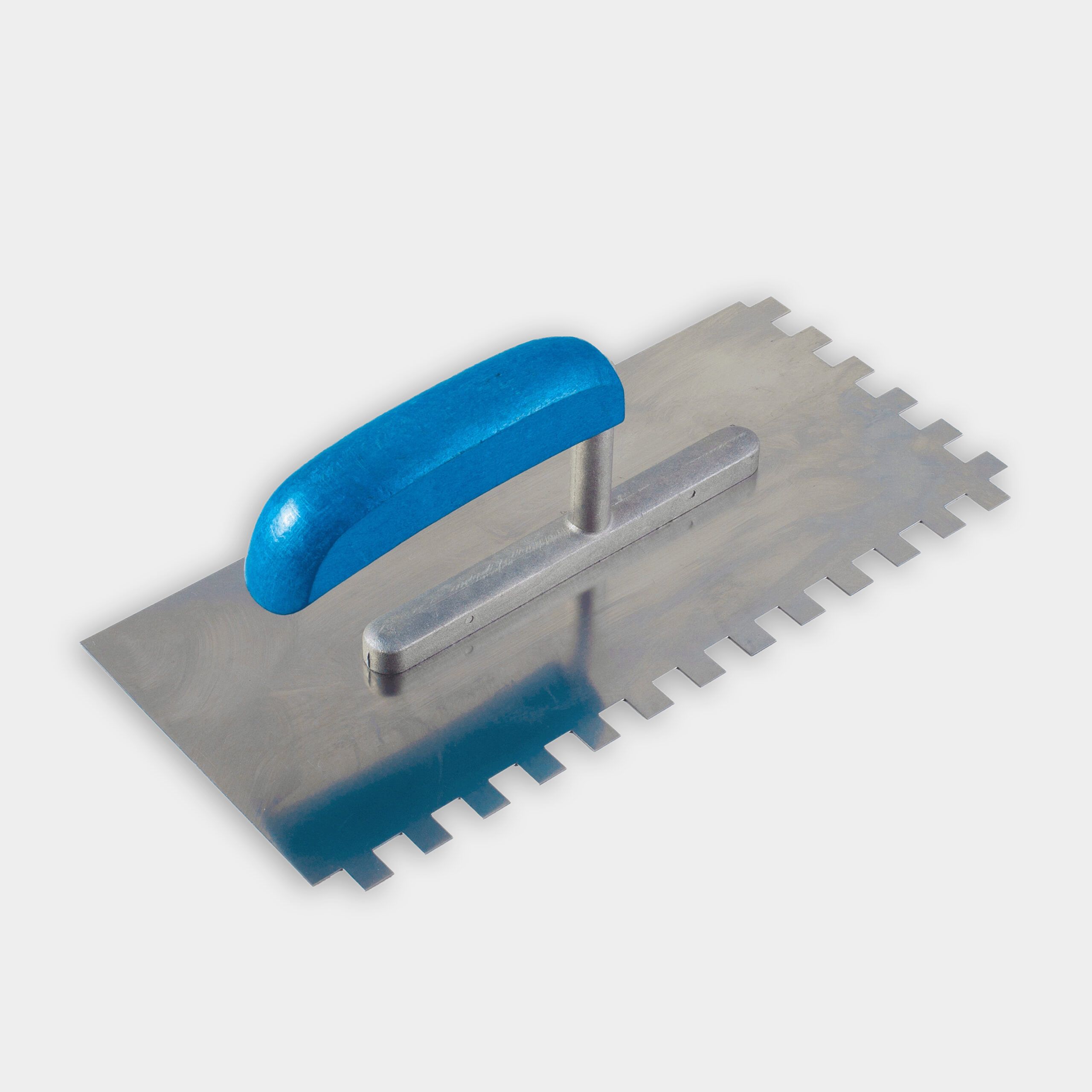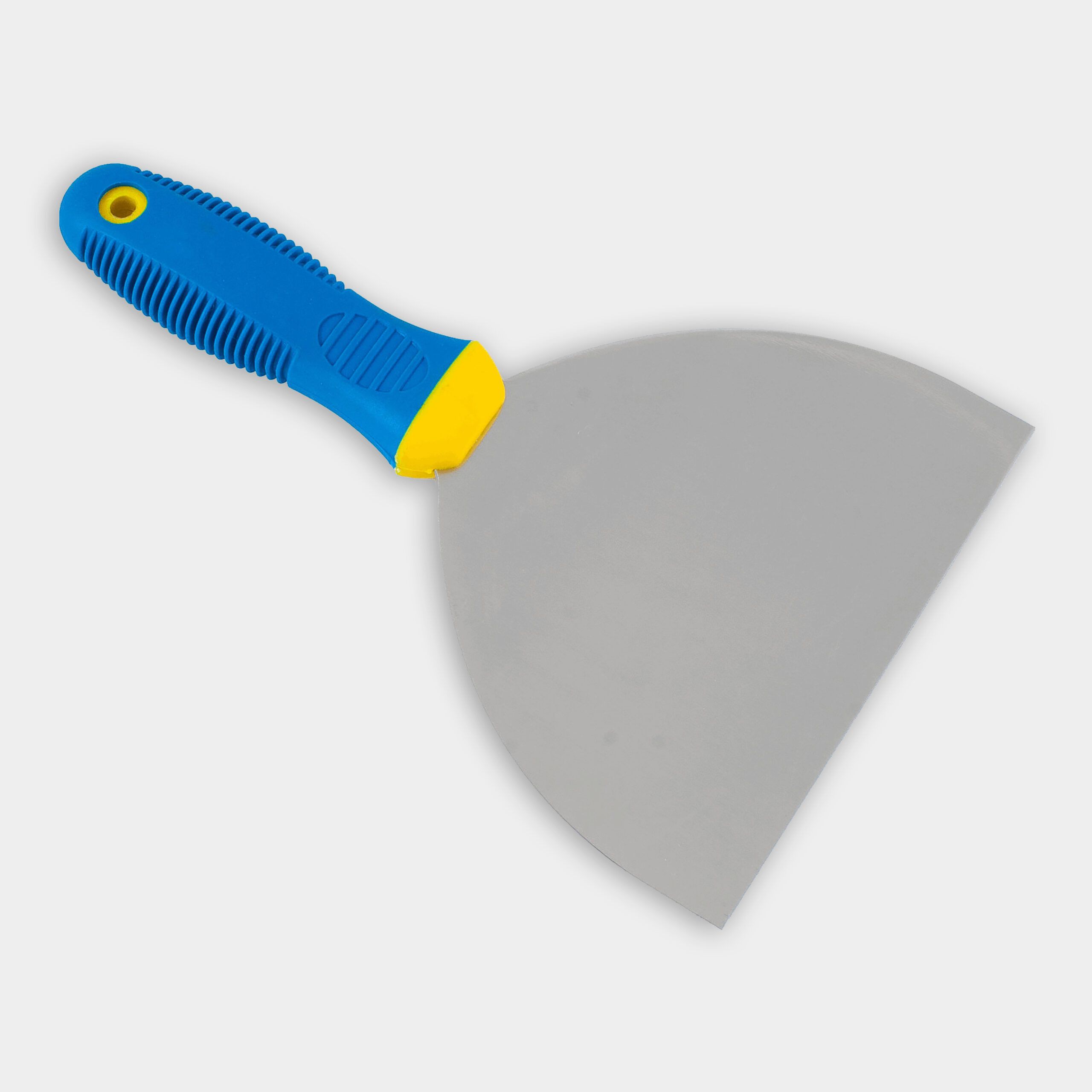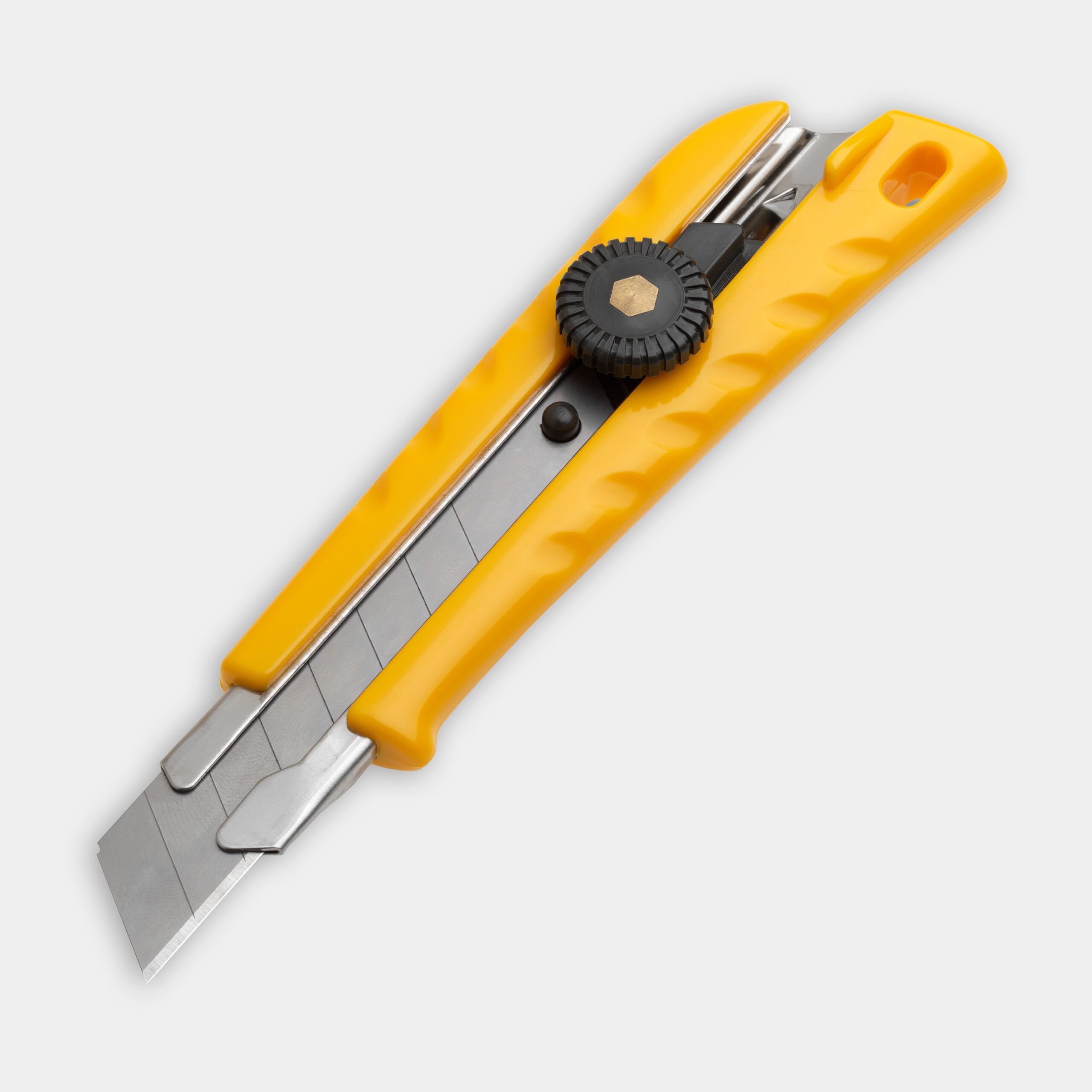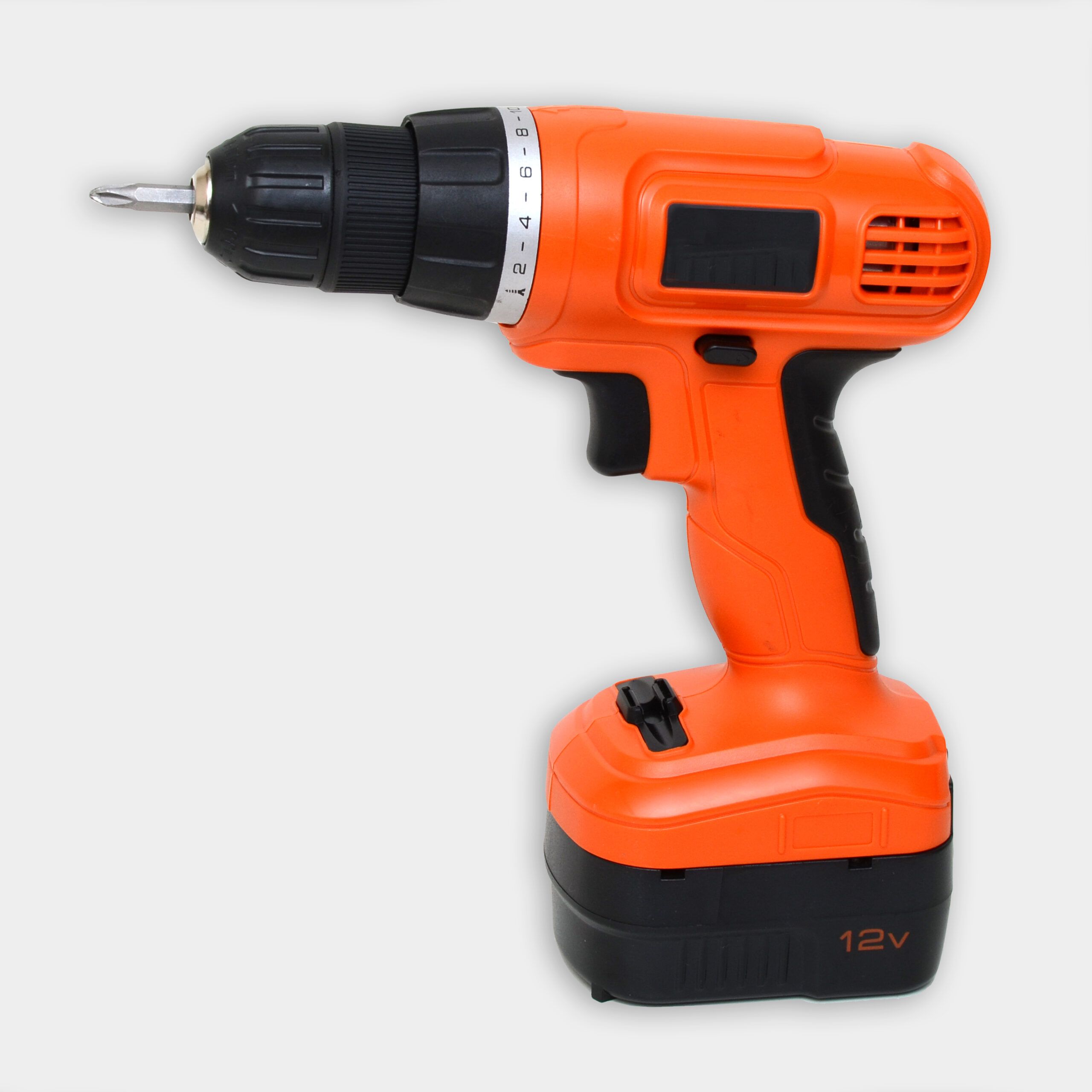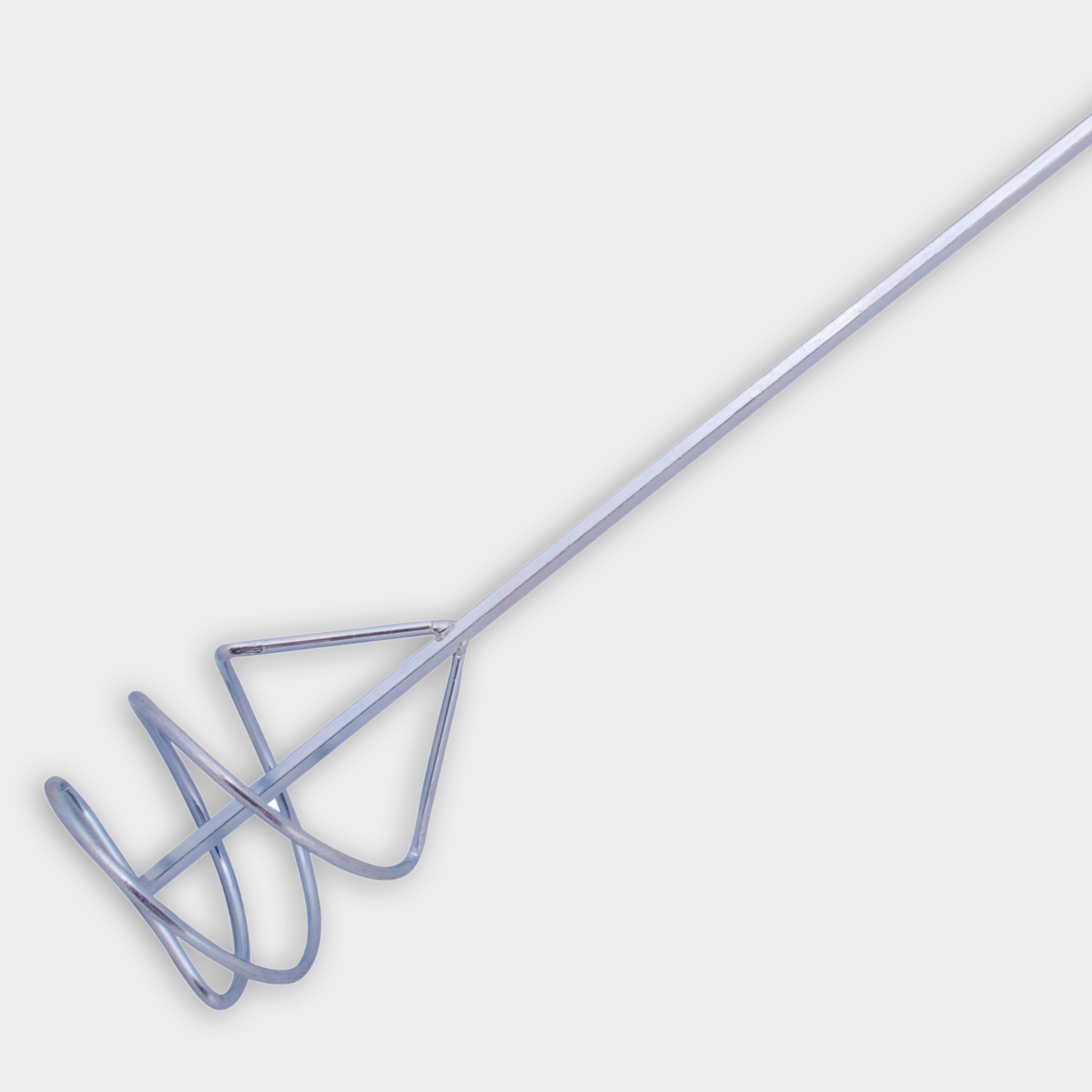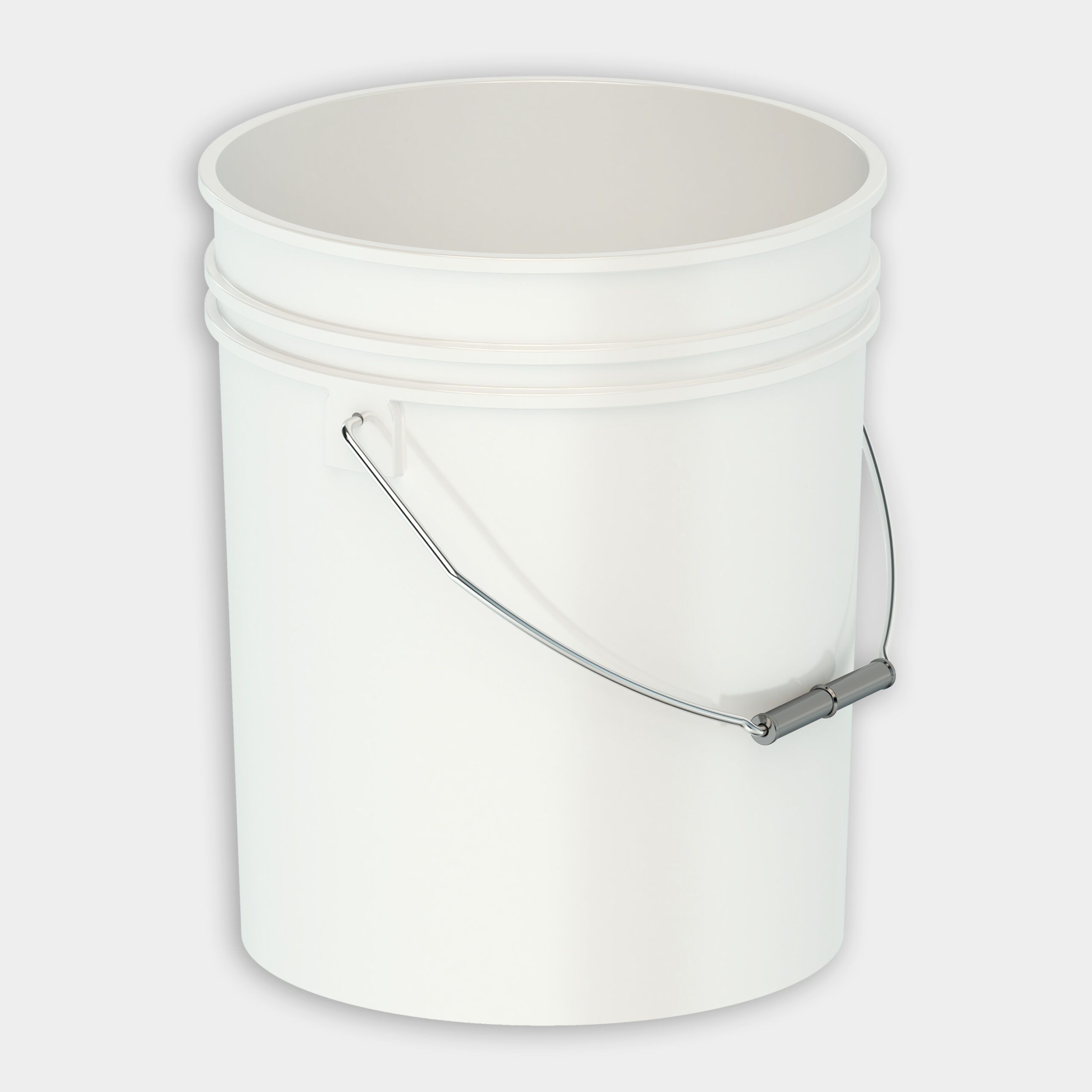Successfully waterproofing your shower can prevent costly damage to your bathroom, and installing a membrane system is an important first step. You can line your shower walls and floors with a membrane system to add an extra layer of protection against moisture before you start tiling. Read our guide below to learn how to install a waterproof membrane system in your shower, and how your home will benefit from this preventative measure.
Understanding Waterproof Membrane Systems
A waterproof membrane system creates a barrier between the shower’s structure and the surface of your tiles. This system consists of a flexible, waterproof material that adheres to the walls and floor of the shower enclosure.
Benefits of Using a Membrane System
Using a waterproof membrane system affords you the following advantages:
- Accommodates slight structural movements
- Extends the life of the shower
- Prevents water from penetrating your tiles
- Provides a uniform surface onto which you can apply tiles
- Protects underlying structures from moisture damage
Types of Waterproof Membranes
There are various types of waterproof membranes available for shower installations:
- Foam board systems: Pre-sloped panels that feature integrated waterproofing
- Liquid membranes: Brush-on or roll-on products that form a waterproof coating
- Sheet membranes: Flexible sheets that adhere to surfaces
Preparing the Shower for Membrane Installation
You must properly prepare the shower area before you start installing the waterproof membrane. This step will fortify the system and make it completely waterproof.
Cleaning and Inspecting the Surface
Start by creating a clean foundation:
- Remove any debris or dust from the walls and floor.
- Inspect the backerboard for any damage or loose sections.
- Repair any imperfections in the surface.
- Make sure you have properly taped and mudded all seams and joints.
Wetting the Surface for Adhesion
Wetting the cement board before you apply the adhesive prevents the adhesive from drying out too quickly. Use a damp sponge to moisten the entire surface of the backerboard.
Installing the Waterproof Membrane
Follow the steps below to install your waterproof membrane. Take your time so that you get complete coverage.
Applying Adhesive to Walls
- Mix a batch of dry-set mortar until you have a loose consistency.
- Apply the mortar to the wall using the flat side of a trowel.
- Use the notched side of the trowel to create grooves in the mortar.
Attaching the Membrane to Walls
- Pre-cut membrane sheets to fit each wall.
- Mark the locations for shower fixtures on the membrane.
- Press the membrane into the wet mortar starting from the top.
- Use a utility knife to cut openings for fixtures.
- Smooth out the membrane with a flat trowel to remove air bubbles.
Waterproofing Corners and Seams
Pay attention to corners and seams so that you completely waterproof your system. Follow the steps below.
- Apply adhesive to the corners at which walls meet.
- Press pre-formed corner pieces into the adhesive, or cut your own membrane strips and press those into the adhesive.
- Smooth out any wrinkles or air pockets.
- Make sure there’s a 2-inch overlap between membrane pieces.
Installing the Shower Floor System
You must install the shower floor system very carefully so that it properly drains. This will also make it especially waterproof. Follow the steps below.
Preparing the Subfloor
- Mark the center of the floor drain on the foam tray.
- Use a hole saw to cut the drain opening into the subfloor.
- Clean the subfloor thoroughly.
Installing the Foam Tray
- Apply a layer of mortar to the subfloor.
- Press the pre-sloped foam tray into the wet mortar.
- Install any additional pieces to complete the shower base.
Waterproofing the Shower Floor
- Install the shower drain so that it sets in the adhesive.
- Apply mortar to the foam tray surface.
- Lay the waterproof membrane over the entire floor.
- Press the membrane into place, and dispel any air pockets.
- Cut and fit the membrane around the drain opening.
Installing the Shower Curb
The shower curb prevents water from escaping the shower area. Follow the steps below to properly install it:
- Set the foam curb in place using mortar.
- Apply waterproof membrane over the curb.
- Make sure the membrane overlaps with the floor and wall membranes.
- Smooth out any wrinkles or air pockets.
Additional Waterproofing Tips and Tricks
The main components of the membrane system should be enough to keep your shower completely waterproof, but you should still consider the additional waterproofing measures below as backups.
Pre-formed Pieces and Accessories
You can more easily install your system by using pre-formed pieces and accessories that are specifically tailored for membrane systems. Components such as inside and outside corners fortify any weak points in your waterproofing system.
Overlapping Membrane Sheets
Your membrane sheets should include at least a 2-inch overlaps. This will cover even the smallest gaps and prevent water infiltration.
Regular Inspections
Perform regular inspections on your system after you install it. You can identify potential damage with routine checks.
Final Steps and Considerations
Perform the final steps below before you start installing tile:
- Allow the mortar and adhesive to cure completely.
- Inspect the entire installation for any gaps or imperfections.
- Perform a water test to make sure there are no leaks.
- Plan your tile layout carefully.

